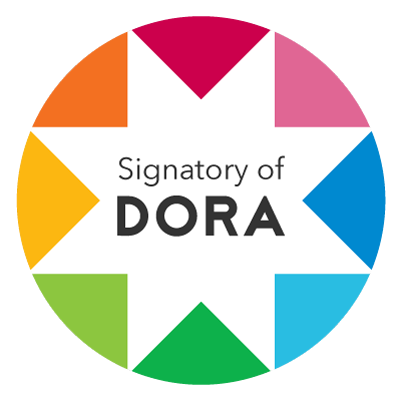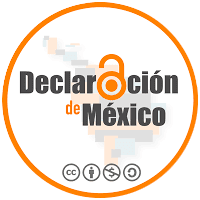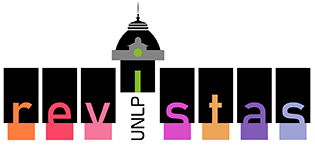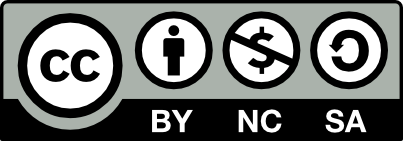Let's Save the Wetlands!
A Gamification Experience during the Pandemic
DOI:
https://doi.org/10.24215/18529569e029Keywords:
gamification, didactic resource, environmental problematic, mathematical contentsAbstract
This article presents an experience carried out by teachers, students and graduates of the National University of Rosario (Argentina) in a primary school in the city of Rosario. There, an interdisciplinary didactic resource based on the gamification strategy was generated. The pedagogical proposal develops contents of mathematics, natural sciences, social and geography within the framework of a problematic narrative with the purpose of raising awareness about the care of the environment.
Downloads
References
Alegre, H., Domínguez, E., Landaluce, N. y Pípolo, S. (2018). Materiales didácticos en la enseñanza de la Matemática. En N. Sgreccia (Ed.),
Procesos de acompañamiento en la formación inicial y continua de Profesores en Matemática (pp. 153-174). Salamanca, España: FahrenHouse. Recuperado de https://www.fahrenhouse.com/omp/index.php/fh/catalog/book/31
Chevallard, Y. (2009). La transposición didáctica. Del saber sabio al saber enseñado. Ciudad Autónoma de Buenos Aires, Argentina: Aique.
Coriat, M. (1997). Materiales, recursos y actividades: un panorama. En L. Rico (Ed.), La educación matemática en la Enseñanza Secundaria
(pp. 155-177). Barcelona, España: Horsori.
Dussel, I. (2011). Aprender y enseñar en la cultura digital. Ciudad Autónoma de Buenos Aires, Argentina: Santillana. Recuperado de
http://www.bnm.me.gov.ar/giga1/documentos/EL003074.pdf
Esnaola Horacek, G. y Galli, M. G. (2019). Gamificación: educación a distancia y videojuegos [Panel]. IV Jornadas Educación a Distancia y Universidad. FLACSO Argentina. Recuperado de https://www.youtube.com/watch?v=kG4Aax5meuI
Flores, P. (2006). Los materiales y recursos didácticos en la formación de profesores de matemáticas. Uno. Revista de Didáctica de las Matemáticas, (41), 77-97.
Liguori, L. (1995). Las nuevas tecnologías de la información y la comunicación en el marco de los viejos problemas y desafíos educativos. En E. Litwin (Comp.), Tecnología Educativa. Política, historias, propuestas (pp. 123-150). Ciudad Autónoma de Buenos Aires, Argentina: Paidós.
Lion, C. (1995). Mitos y realidades en la tecnología educativa. E. Litwin (Comp.), Tecnología Educativa. Política, historias, propuestas (pp. 41-64). Ciudad Autónoma de Buenos Aires, Argentina: Paidós.
Lion, C. (2020). Enseñar y aprender en tiempos de pandemia: presente y horizontes. Saberes y prácticas. Revista de Filosofía y Educación, 5(1), 1-8. Recuperado de https://revistas.uncu.edu.ar/ojs3/index.php/saberesypracticas/article/view/3675
Lion, C. y Perosi, V. (2017). Los videojuegos serios: puentes de creatividad y expansión educativa. Anales de la Educación común, 11(2), 45-49. Recuperado de https://cendie.abc.gob.ar/revistas/index.php/revistaanales/article/view/115/234
Maggio, M. (2012). Enriquecer la enseñanza. Los ambientes con alta disposición tecnológica como oportunidad. Ciudad Autónoma de Buenos Aires, Argentina: Paidós.
Maggio, M. (2019). Reinventar la clase en la Universidad. Ciudad Autónoma de Buenos Aires, Argentina: Paidós.
Maggio, M. (2020). Reinventar la clase en tiempos de pandemia [Webinar]. YouTube. Recuperado de https://youtu.be/wfZ3ij-lOKs
Rose, F. (2011). The Art of Immersion: How the Digital Generation is Remaking Hollywood, Madison Avenue and the Way We Tell Stories [El arte de la inmersión: cómo la generación digital está rehaciendo Hollywood, Avenida Madison y la forma en que contamos historias]. Nueva York, Estados Unidos: W.W. Norton Company.
Remated+3R (2020). ¡Salvemos los Humedales! Desafíos matemáticos [Recurso didáctico]. Genial.ly. Recuperado de https://view.genial.ly/5f9347156695d50da0c16481/game-breakoutdesafios-matematicos-para-salvar-los-humedales
Weber, V. (2007). ¿A qué llamamos materiales didácticos? (Apunte de cátedra). Curso de posgrado Materiales Didácticos. Facultad Latinoamericana de Ciencias Sociales (FLACSO), Argentina.
Zepeda, J. (2019). Gamificación, de la retórica falsa a la profunda [Webinar]. YouTube. Recuperado de https://www.youtube.com/watch?v=LxtUJu7LJZY
Additional Files
Published
How to Cite
Issue
Section
License
Copyright (c) 2022 Florencia Rosso, Milagros Pradolini, Yanina Fantasía, Macarena Nadal

This work is licensed under a Creative Commons Attribution-NonCommercial-ShareAlike 4.0 International License.
The acceptance of an original by the journal implies the non-exclusive transfer of the patrimonial rights of the authors in favor of the publisher, who allows the reuse, after its edition (postprint), under a Creative Commons License Attribution-NonCommercial-ShareAlike 4.0 International.
According to these terms, the material can be shared (copy and redistribute in any medium or format) and adapted (remix, transform and create another work from the material), provided that a) the authorship and the original source of their publication (magazine and URL of the work) are cited, b) is not used for commercial purposes and c) the same terms of the license are maintained.
The assignment of non-exclusive rights implies that after postprint in Extensión en red authors may publish their work in any language, media and format; in that case, it is requested that they signal that the material was originally published by this journal.
Assignment also entails the authors’ authorization for the work to be collected by SEDICI, the institutional repository of the Universidad Nacional de La Plata, and for it to be indexed in the databases that the publisher thinks appropriate for enhancing the visibility of the published work and its authors.
In addition, the journal encourages authors to submit their works to other institutional and thematic repositories after their publication in Extensión en red, under the assumption that offering society unrestricted access to scientific and academic production contributes to a greater exchange in global knowledge.

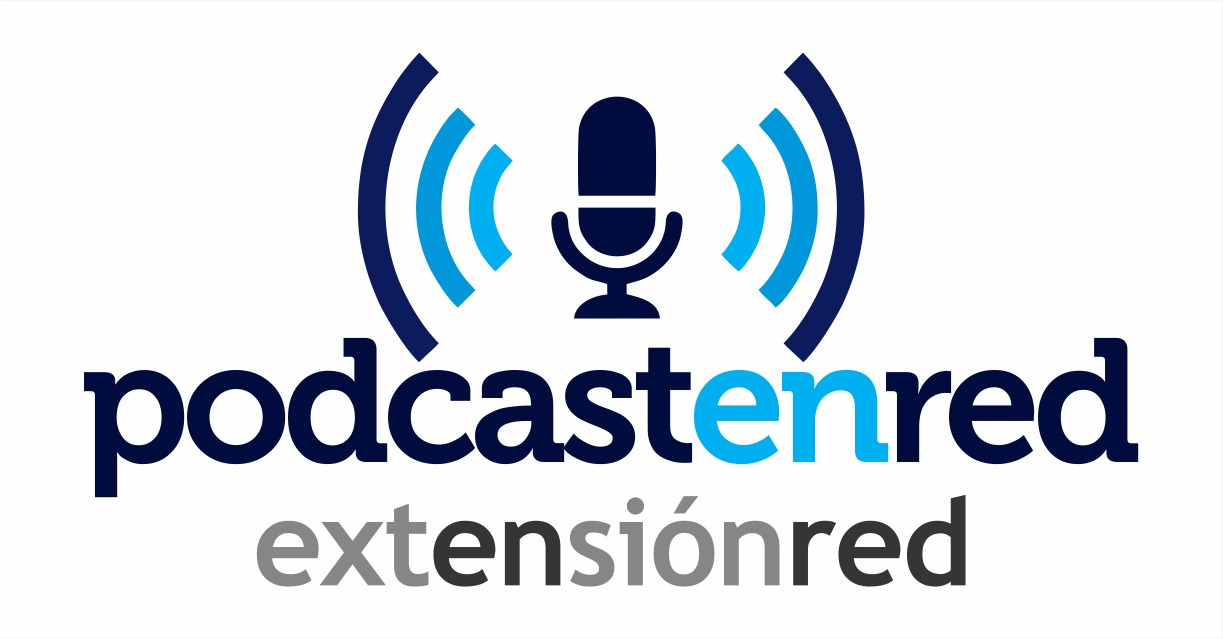




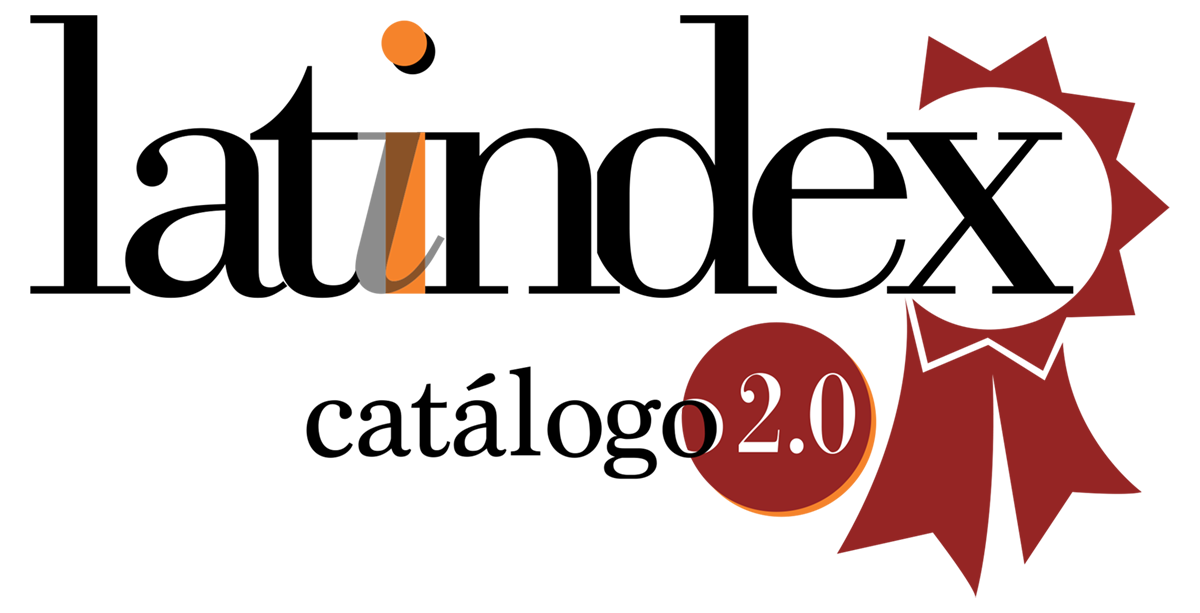

.jpg)

.png)
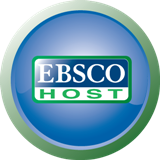
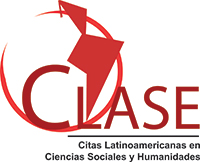
.png)











